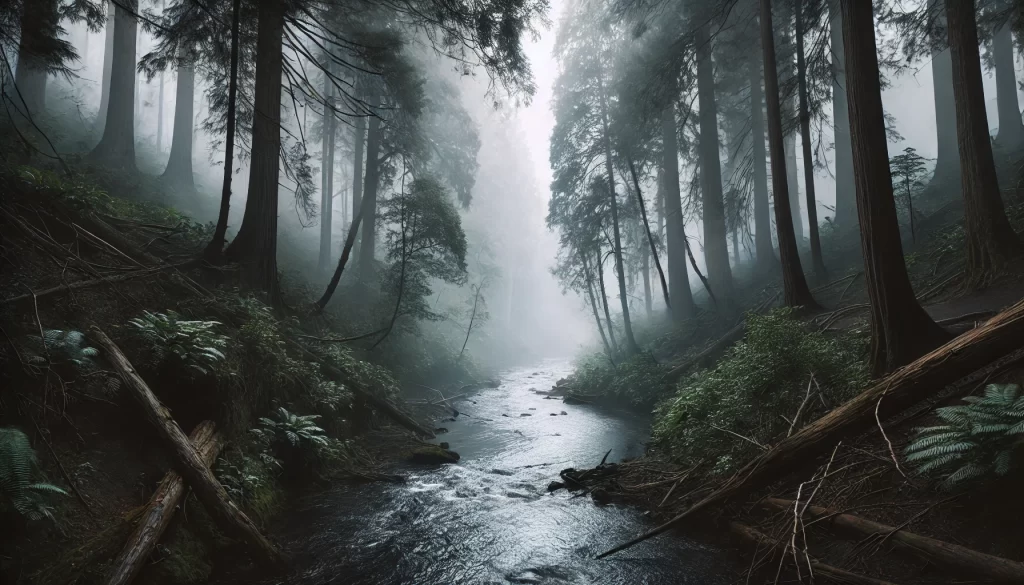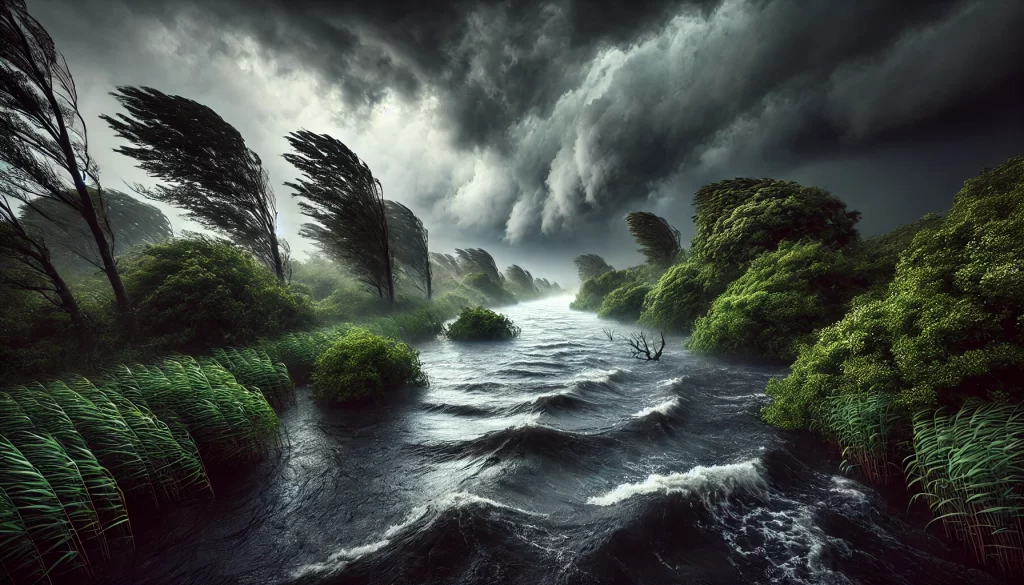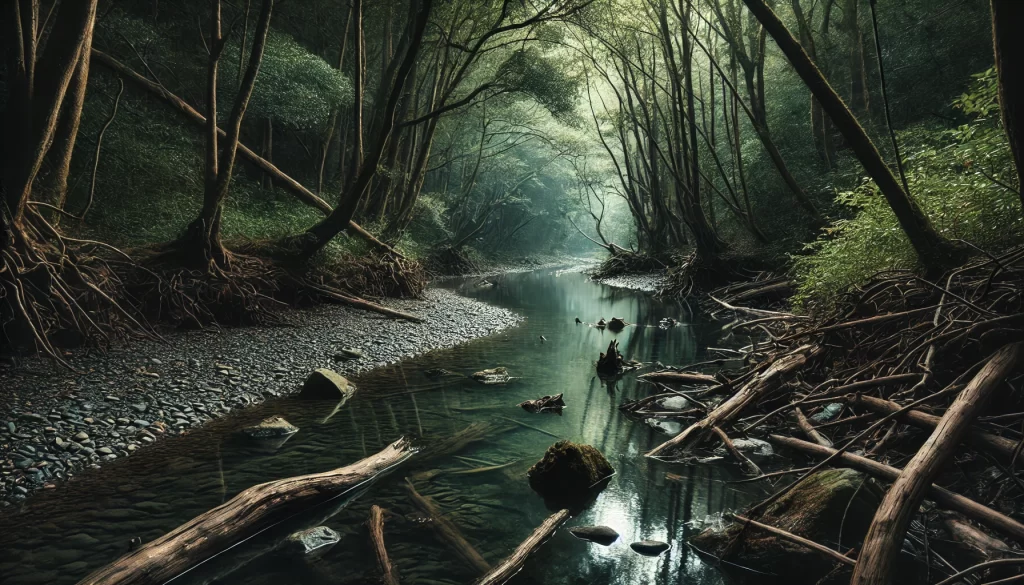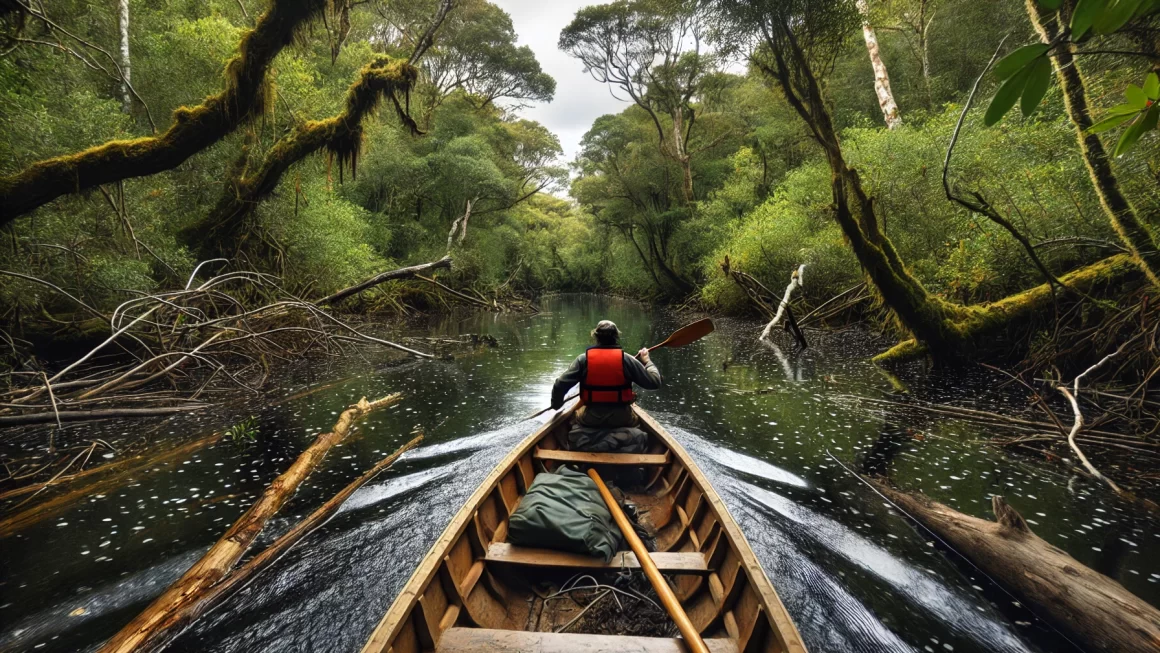“Trouble traveling through tributaries” is a phrase that captures the essence of hidden dangers lurking beneath the calm surface of smaller waterways. Understanding these dangers is crucial whether you’re an adventurous traveler, an eager boater, or someone who enjoys exploring nature’s lesser-known paths. While often beautiful and serene, tributaries can present unexpected challenges that turn a peaceful journey into a dangerous ordeal. This article will explore the risks and how to navigate them safely, ensuring your adventure remains enjoyable and secure.
The Unseen Hazards: What Makes Tributaries Treacherous

Tributaries may appear harmless at first glance, but they often hide dangers that can catch travelers off guard. These hazards are only sometimes visible, making them even more dangerous for those unfamiliar with these waterways.
Calm Waters, Deceptive Currents
At first sight, the waters of the tributaries seem calm and inviting. However, this tranquility can be deceiving. The real trouble traveling through tributaries often begins with underestimating the power of these smaller rivers. After heavy rainfall or during seasonal changes, what seems like a gentle stream can quickly turn into a fast-flowing and unpredictable current. These sudden changes can make navigation difficult, especially for inexperienced travelers.
Submerged Obstacles: The Hidden Threats Below
One of the most common hazards in tributaries is the presence of submerged obstacles. These can include fallen trees, rocks, or even artificial debris carried downstream. The clarity of the water can hide these dangers until it’s too late to avoid them. Hitting one of these obstacles can cause severe damage to boats or even lead to capsizing. The trouble traveling through tributaries often stems from these hidden threats lurking beneath the surface.
Navigational Challenges: The Path Less Traveled

Navigating tributaries presents a unique set of challenges. Unlike larger, well-mapped rivers, tributaries can be narrow, winding, and filled with unexpected turns, making them difficult to navigate, even for seasoned travelers.
Unpredictable Waterways
Tributaries are known for their unpredictable nature. Traveling through tributaries can be challenging due to their winding paths, which can change drastically from one bend to the next. The lack of clear markers or navigational aids can make it easy to lose your way, leading to confusion and potential danger. This is particularly concerning in remote areas, where getting lost could mean being stranded far from help.
Sudden Depth Changes
Another challenge is the sudden change in depth that is common in tributaries. Shallow waters can quickly give way to deep pools, catching travelers off guard. These abrupt changes can be dangerous, especially for those in smaller boats. Such depth variations can also create strong undercurrents, posing a risk to swimmers and small watercraft.
Wildlife Encounters: Not Just a Scenic View

Tributaries are home to a diverse range of wildlife. While seeing animals in their natural habitat might be exciting, it’s important to remember that not all encounters are safe. The trouble traveling through tributaries often includes unexpected and potentially dangerous wildlife interactions.
Aquatic Predators: A Hidden Danger
Various aquatic predators often inhabit the waters of tributaries. These can include snakes, alligators, and other creatures that might threaten humans. In some regions, even seemingly harmless fish can become dangerous if provoked. Travelers should always be aware of their surroundings and avoid disturbing these animals. The trouble traveling through tributaries can quickly escalate when wildlife feels threatened.
Insect Infestations: Small But Mighty
Insects, particularly mosquitoes, are another concern when navigating tributaries. These areas are prime breeding grounds for mosquitoes carrying malaria and dengue fever. A few bites might not seem like a big deal, but they can lead to serious health issues in certain areas. It’s essential to take precautions to protect yourself from these tiny but dangerous creatures.
Also Read: Couple Falls Off Zipline Dinner: 5 Shocking Facts About Their Adventure Gone Wrong
Environmental Factors: Nature’s Unpredictability
Nature can be unpredictable, and tributaries are no exception. The trouble traveling through tributaries often involves dealing with unexpected environmental factors that can turn a simple journey into a challenging adventure.
Weather Changes: From Sunny to Stormy
Weather can change rapidly in areas surrounding tributaries. A clear, sunny day can quickly become a storm, bringing heavy rain and strong winds. These sudden weather shifts can cause the water levels in tributaries to rise dramatically, making navigation hazardous. Travelers should always check the weather forecast before embarking on their journey and be prepared for any sudden changes.
Vegetation Overgrowth: A Natural Obstacle Course
Tributaries are often surrounded by dense vegetation, which can create natural obstacles. Overhanging branches, fallen trees, and thick underbrush can make it challenging to navigate through these waterways. The trouble traveling through tributaries often involves maneuvering around these obstacles, which can slow progress and increase the risk of accidents.
Exploring tributaries can be a rewarding experience, offering a unique perspective on nature’s beauty. However, the trouble traveling through tributaries is accurate, and it’s essential to be aware of the hidden dangers that these waterways can present. By understanding the risks and preparing accordingly, you can navigate these tributaries safely and enjoy the adventure without unnecessary risks. Whether it’s the unpredictable currents, submerged obstacles, or wildlife encounters, being prepared and cautious will help ensure your journey remains safe and enjoyable.




